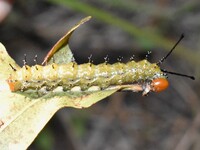
| Recorded by: Jeff Niznik, David George on 2025-08-29
Richmond Co.
Comment: | 
| Recorded by: Jim Petranka, Mark Basinger and Becky Elkin on 2025-08-03
Richmond Co.
Comment: |

| Recorded by: Jim Petranka, Mark Basinger and Becky Elkin on 2025-08-02
Richmond Co.
Comment: | 
| Recorded by: Jim Petranka, Mark Basinger and Becky Elkin on 2025-08-02
Richmond Co.
Comment: |

| Recorded by: Allison Garton on 2025-07-24
Moore Co.
Comment: | 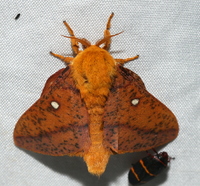
| Recorded by: David George, Jeff Niznik on 2025-07-20
Moore Co.
Comment: |
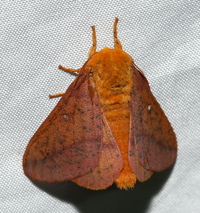
| Recorded by: David George, Jeff Niznik on 2025-07-20
Moore Co.
Comment: | 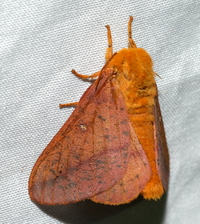
| Recorded by: David George, Jeff Niznik on 2025-07-20
Moore Co.
Comment: |
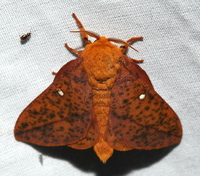
| Recorded by: Jeff Niznik, David George, Rob Van Epps, Kevin Metcalf on 2025-07-20
Richmond Co.
Comment: | 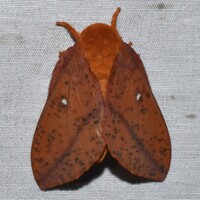
| Recorded by: David George, Jeff Niznik, Rob Van Epps, Kevin Metcalf on 2025-07-20
Richmond Co.
Comment: |

| Recorded by: David George on 2025-06-29
Moore Co.
Comment: | 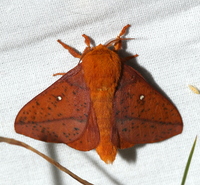
| Recorded by: David George on 2025-06-29
Richmond Co.
Comment: |
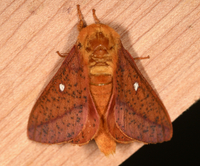
| Recorded by: Jim Petranka, Mark Basinger and Becky Elkin on 2025-06-29
Richmond Co.
Comment: | 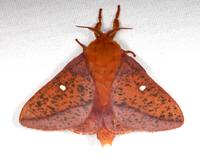
| Recorded by: Jim Petranka, Mark Basinger and Becky Elkin on 2025-06-29
Richmond Co.
Comment: |

| Recorded by: Jim Petranka, Mark Basinger and Becky Elkin on 2025-06-29
Richmond Co.
Comment: | 
| Recorded by: Jim Petranka, Mark Basinger and Becky Elkin on 2025-06-28
Moore Co.
Comment: |
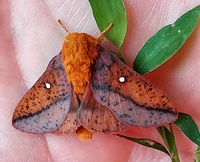
| Recorded by: Mark Basinger on 2025-06-25
Buncombe Co.
Comment: | 
| Recorded by: Jim Petranka, Mark Basinger and Becky Elkin on 2025-06-25
Mitchell Co.
Comment: |

| Recorded by: Mark Basinger on 2025-06-23
Buncombe Co.
Comment: | 
| Recorded by: Mark Basinger on 2025-06-23
Buncombe Co.
Comment: |
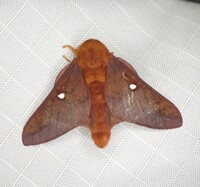
| Recorded by: Stefanie Hedrick on 2024-08-29
Union Co.
Comment: | 
| Recorded by: A. Garton on 2024-07-30
Moore Co.
Comment: |

| Recorded by: A. Kauppila on 2024-07-03
Burke Co.
Comment: | 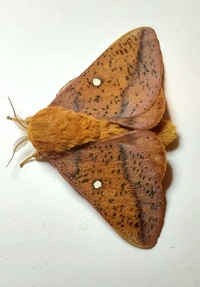
| Recorded by: Mark Basinger on 2024-06-30
Rowan Co.
Comment: |

| Recorded by: Jim Petranka on 2024-06-29
Madison Co.
Comment: | 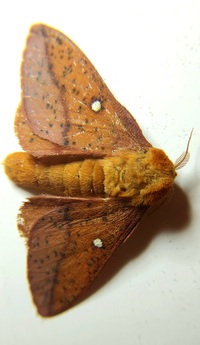
| Recorded by: Mark Basinger on 2024-06-29
Rowan Co.
Comment: |
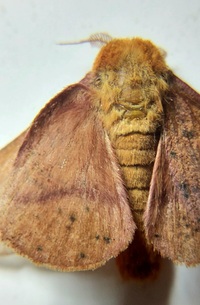
| Recorded by: Mark Basinger on 2024-06-29
Rowan Co.
Comment: | 
| Recorded by: Tina Fulcher on 2024-06-27
Davidson Co.
Comment: |
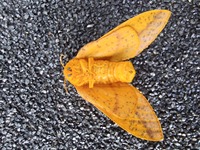
| Recorded by: Tina Fulcher on 2024-06-27
Davidson Co.
Comment: | 
| Recorded by: Tina Fulcher on 2024-06-27
Davidson Co.
Comment: |
|

 »
»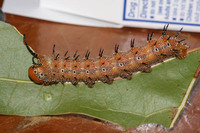
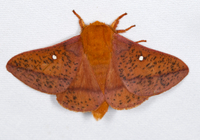

 »
»
